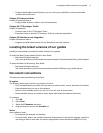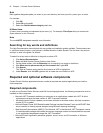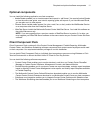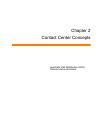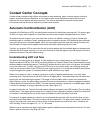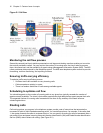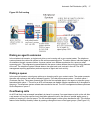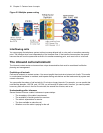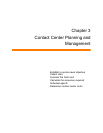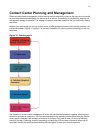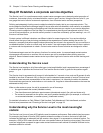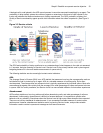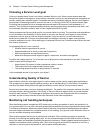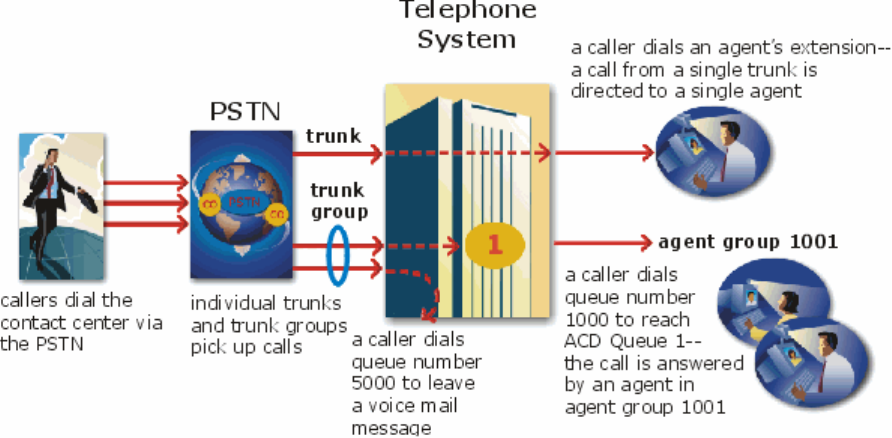
Automatic Call Distribution (ACD) 17
Figure 2-2 Call routing
Dialing an agent’s extension
In the simplest call scenario, a single trunk picks up an incoming call to your contact center. The telephone
system presents the caller with options to dial various answering points. The caller dials an individual agent at
an extension through a queue number. A queue number is an address mechanism for a queue or other
answering point. The programming associated with the queue number defines the routing and timing features
of the call. The telephone system collects data on the agent and trunk involved in the call. The ACD
management reporting application produces reports on agent and trunk activity.
Dialing a queue
In the next call scenario a trunk group picks up an incoming call to your contact center. The system presents
the caller with options to dial various answering points. The caller dials queue number 1 to reach queue 1
(Customer Service). The system forwards the call to the first available agent in the agent or extension group
associated with queue 1. The call is an ACD call because one dialable number represents all of the agents in
the group. The telephone system collects data records for the call. The ACD management software produces
Queue Reports on queue 1.
Overflowing calls
An ACD call that is not answered immediately is placed in a queue. If an agent does not pick up the call after
a set amount of time (the overflow time) the system places the call in the queue of another agent group, in
addition to keeping it in the first queue. The first available agent in either group handles the call. The overflow
feature limits the delay faced by callers by queuing calls against two or more agent groups. (See Figure 2-3.)



